’Deus Ex Machina’: Katerina Jebb rips up the photographer’s rule book
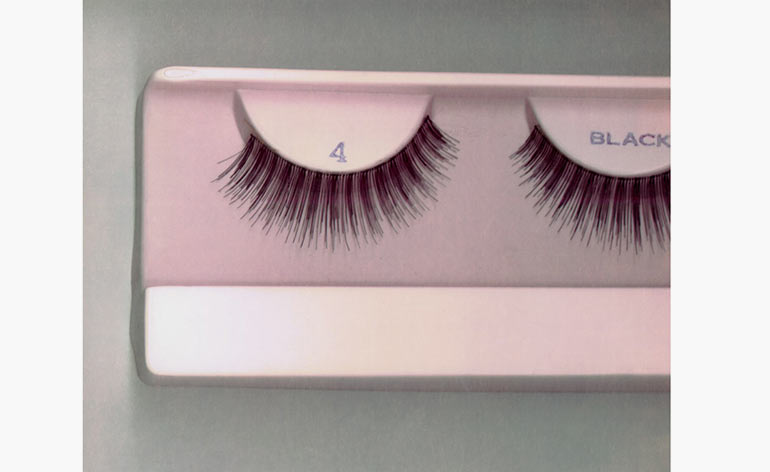
Filled with magnetic layers of chiaroscuro and a seductive sense of negative space, the British artist Katerina Jebb’s photographs are made with a digital flatbed scanner and break almost all the rules of traditional photography. She calls them ‘scan-ography’. They form the basis of her first retrospective show, which pre-empts the annual Rencontres d’Arles photo festival in the south of France this year and unfolds throughout the medieval halls of the city’s 15th century Musée Réattu.
Curated by Pascale Picard and entitled 'Deus Ex Machina', Jebb’s show consists of over 100 still and moving images from throughout her career, which began in the early 1990s as a photojournalist in Paris. Without any sense of enforced chronology, the show maps Jebb’s artistic evolution; the works explore her processes of photocopying, scanning and filming, and reveal her careful isolation of both arcane and industrial objects, and creative human subjects. Together they form an oneiric narrative that comments on the ideals of contemporary and classical beauty through her singular, feminine perspective – capturing such disparate items as Francis Picabia’s ivory backscratcher, the gelatinous mould of a RealDoll sex toy and a bulbous, phallic pitcher plant.
Among the paraphernalia, embedded as it is with an intrinsic mysticism, more solid themes emerge in Jebb’s show, carefully divided through the Réattu’s exquisite stone rooms. The first grand hallway, for instance, juxtaposes a series of short faux-documentary films created in collaboration with Comme Des Garçons against life-size depictions of Christian Lacroix’s ethnic-inspired couture gowns – each visibly pieced together from individual scans like an ‘exquisite corpse’ collage. In one upstairs chamber, only portraits stare out from the darkened walls, forming a sort of neo-renaissance cast of modern day aristocrats. There you will spot the familiar faces of actresses Tilda Swinton, Kristin Scott-Thomas and Isabelle Huppert alongside an international sisterhood that includes Setsuko Klossowska de Rola and her daughter Harumi, Rick Owens' partner Michèle Lamy, and even Jebb herself. Another room is dedicated to the artist’s exhaustive study of the life and work of de Rola’s late husband Balthus, the French painter who’s painting smock, spectacles, ashtray and even tombstone Jebb has meticulously scanned over the years, in and around the Grand Chalet in Roissinière, Switzerland.
To experience the summation of Jebb’s portfolio merged so intimately with the Musée Réattu’s sacred architecture is an emotive journey, and a window into a curious mind. Her very personal ‘curation’ of historical and contemporary culture swings in both romantic and brutal directions – yet her images remain grounded by the unique fil rouge of the scanner’s cloudy grey void.
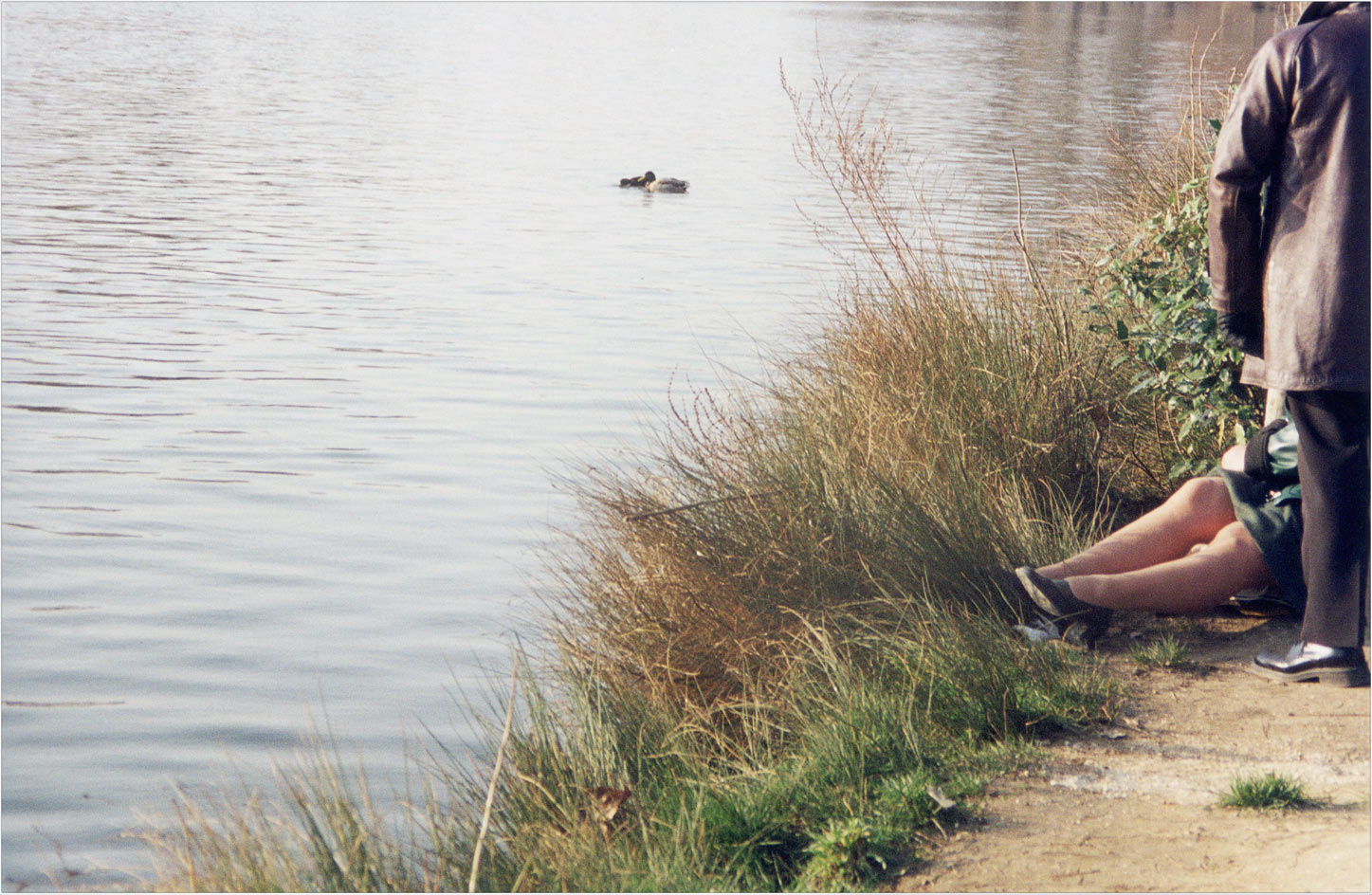
Jebb's ‘scan-ography’, as she calls her practice, forms the basis of her first retrospective show, which pre-empts the annual Rencontres d’Arles photo festival in the south of France this year. Pictured: The Lake, 2001
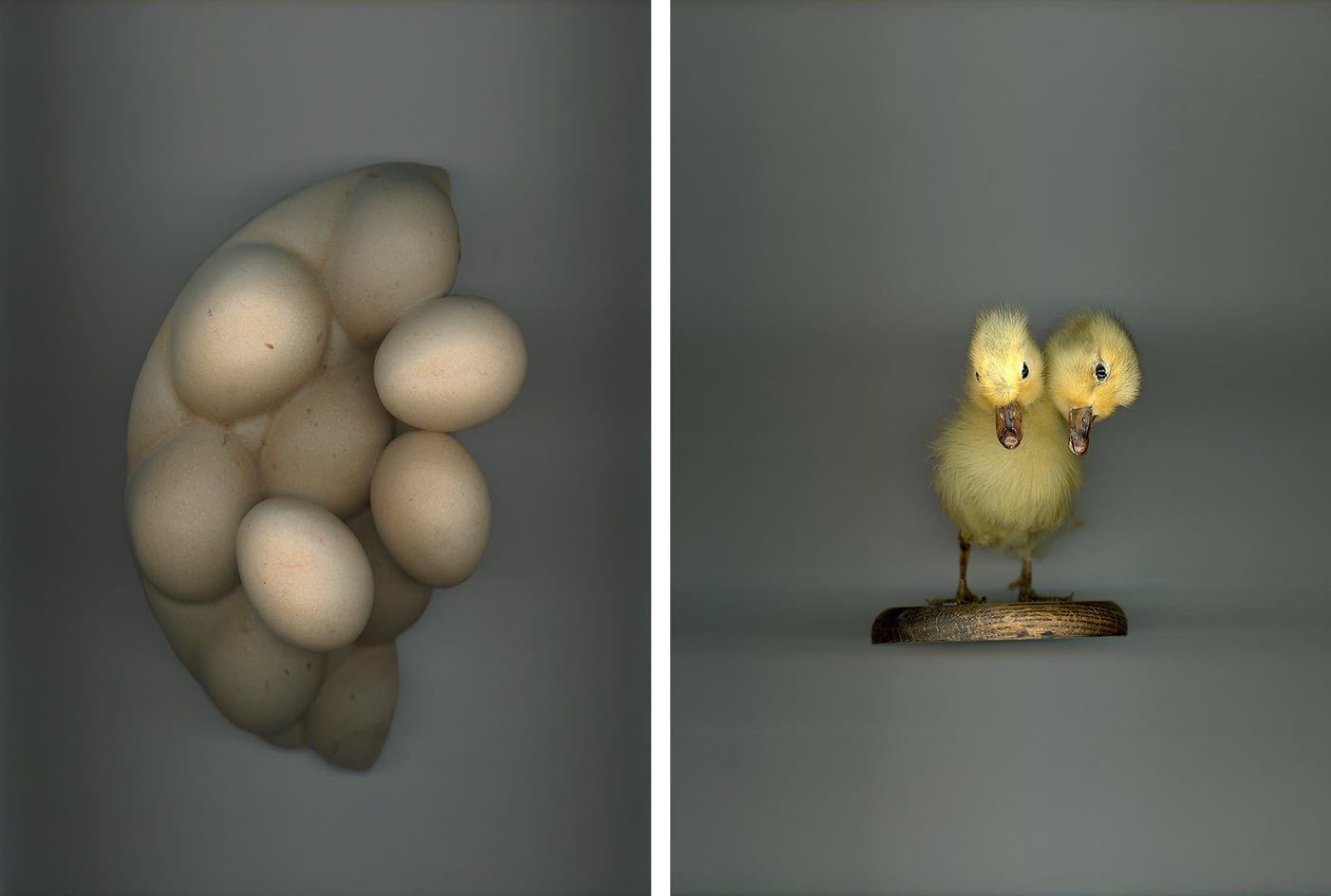
'Deus Ex Machina' is curated by Pascale Picard and consists of over 100 still and moving images from throughout Jebb's career, which began in the early 1990s as a photojournalist in Paris. Pictured left: Eggs, 2013. Right: Two-Headed Chick, 2015
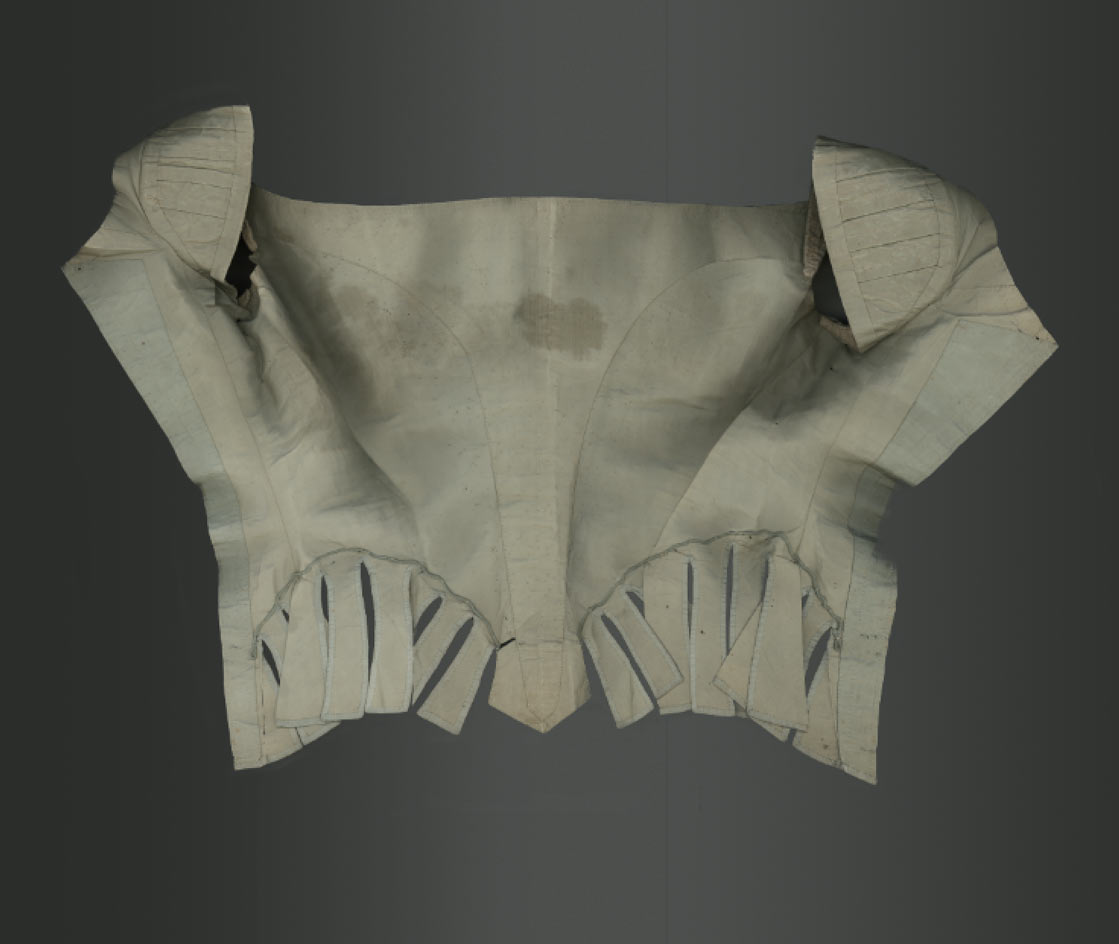
Among the paraphernalia, embedded as it is with an intrinsic mysticism, more solid themes emerge in Jebb’s show, carefully divided through the Réattu’s exquisite stone rooms. Pictured: Corset of Marie-Antoinette, Collection Musée Galliera, 2016
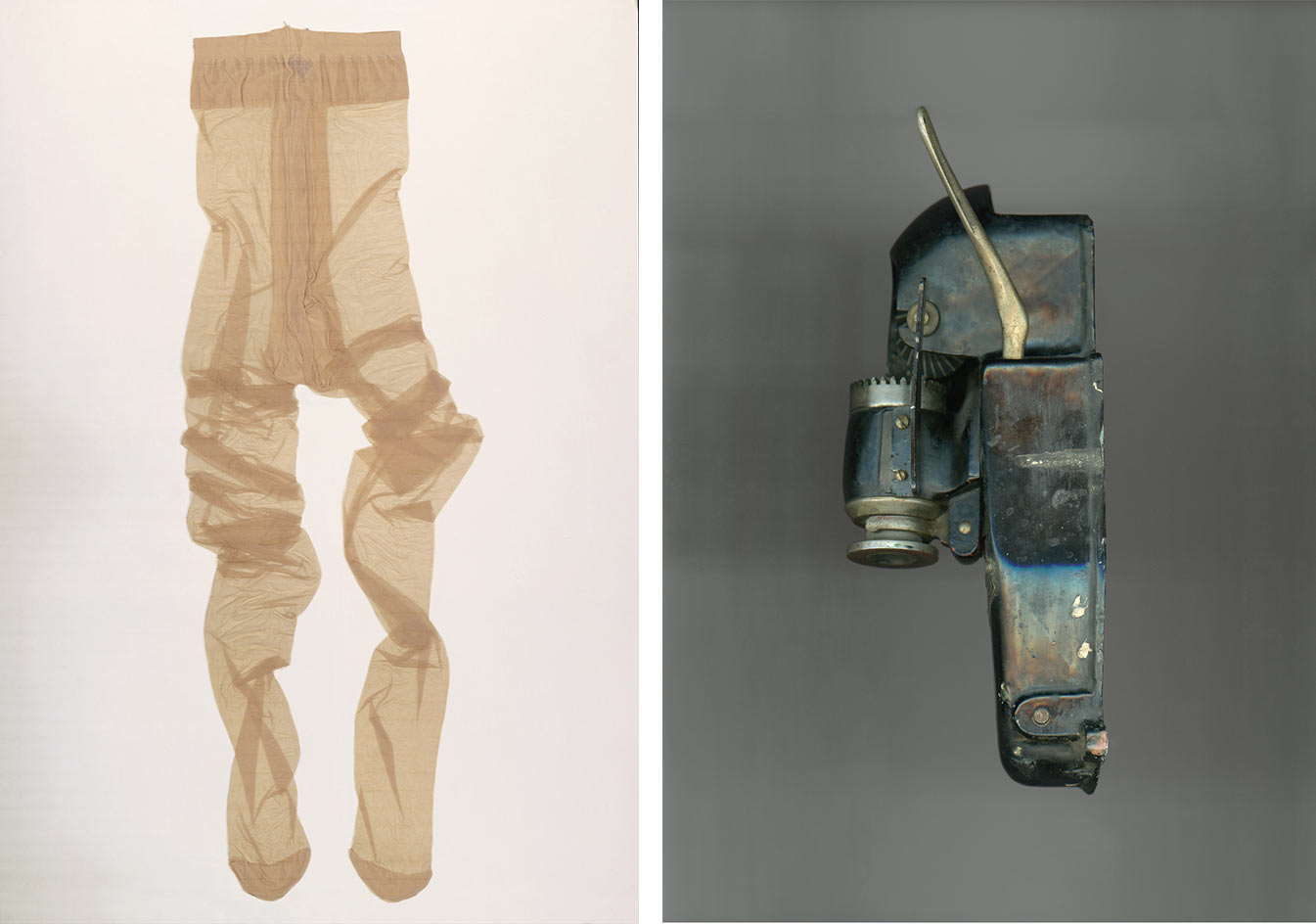
To experience the summation of Jebb’s portfolio merged so intimately with the Musée Réattu’s sacred architecture is an emotive journey, and a window into a curious mind. Pictured left: Ladies Tights, 1996. Right: The Pencil Sharpener of Francis Picabia, Comitée Picabia, 2012
INFORMATION
For more information, visit Katerina Jebb’s website
Photography courtesy the artist
ADDRESS
Musée Réattu
10 Rue du Grand Prieuré
13200 Arles
Wallpaper* Newsletter
Receive our daily digest of inspiration, escapism and design stories from around the world direct to your inbox.
-
 Marylebone restaurant Nina turns up the volume on Italian dining
Marylebone restaurant Nina turns up the volume on Italian diningAt Nina, don’t expect a view of the Amalfi Coast. Do expect pasta, leopard print and industrial chic
By Sofia de la Cruz
-
 Tour the wonderful homes of ‘Casa Mexicana’, an ode to residential architecture in Mexico
Tour the wonderful homes of ‘Casa Mexicana’, an ode to residential architecture in Mexico‘Casa Mexicana’ is a new book celebrating the country’s residential architecture, highlighting its influence across the world
By Ellie Stathaki
-
 Jonathan Anderson is heading to Dior Men
Jonathan Anderson is heading to Dior MenAfter months of speculation, it has been confirmed this morning that Jonathan Anderson, who left Loewe earlier this year, is the successor to Kim Jones at Dior Men
By Jack Moss
-
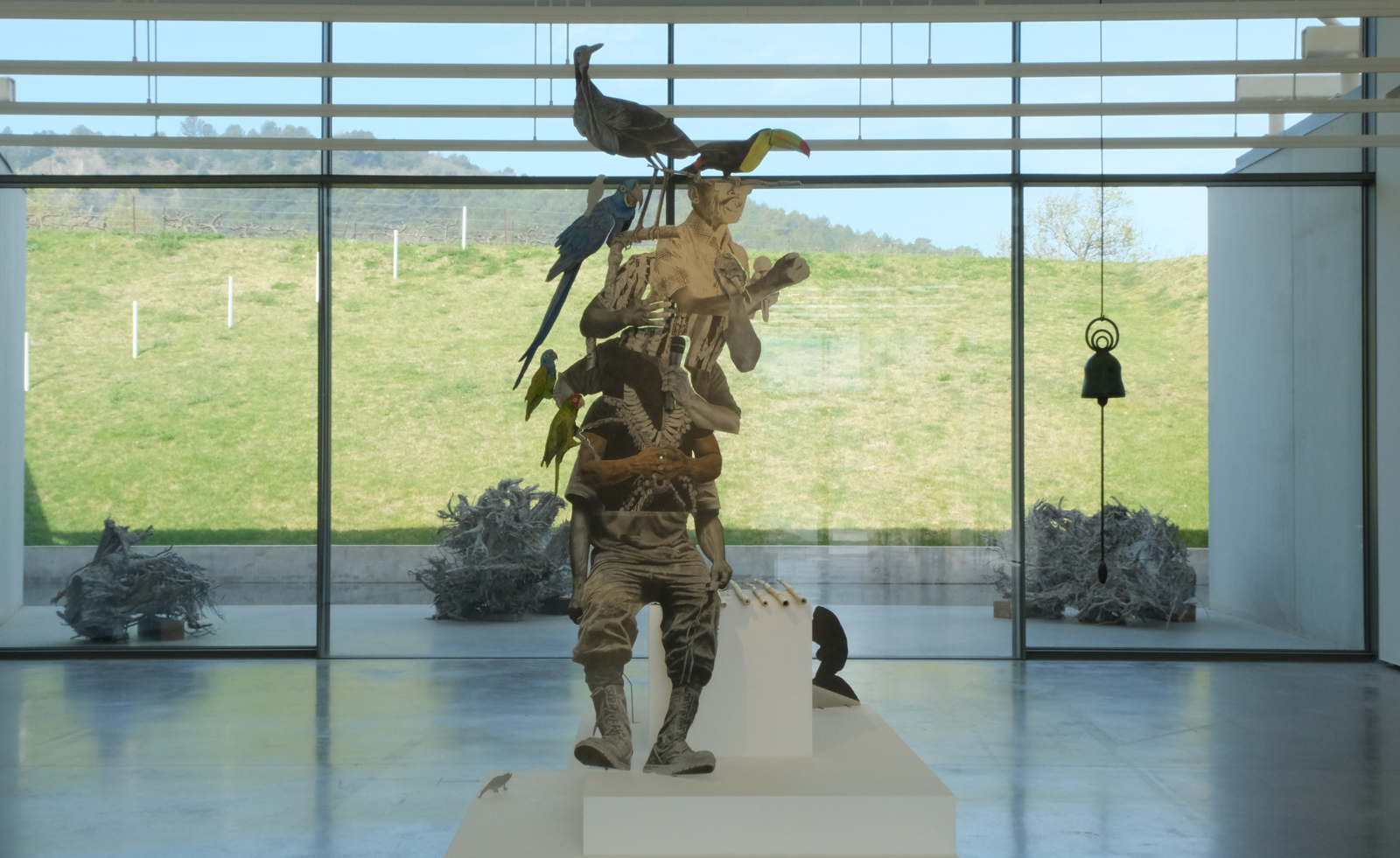 Contemporary artist collective Poush takes over Château La Coste
Contemporary artist collective Poush takes over Château La CosteMembers of Poush have created 160 works, set in and around the grounds of Château La Coste – the art, architecture and wine estate in Provence
By Amy Serafin
-
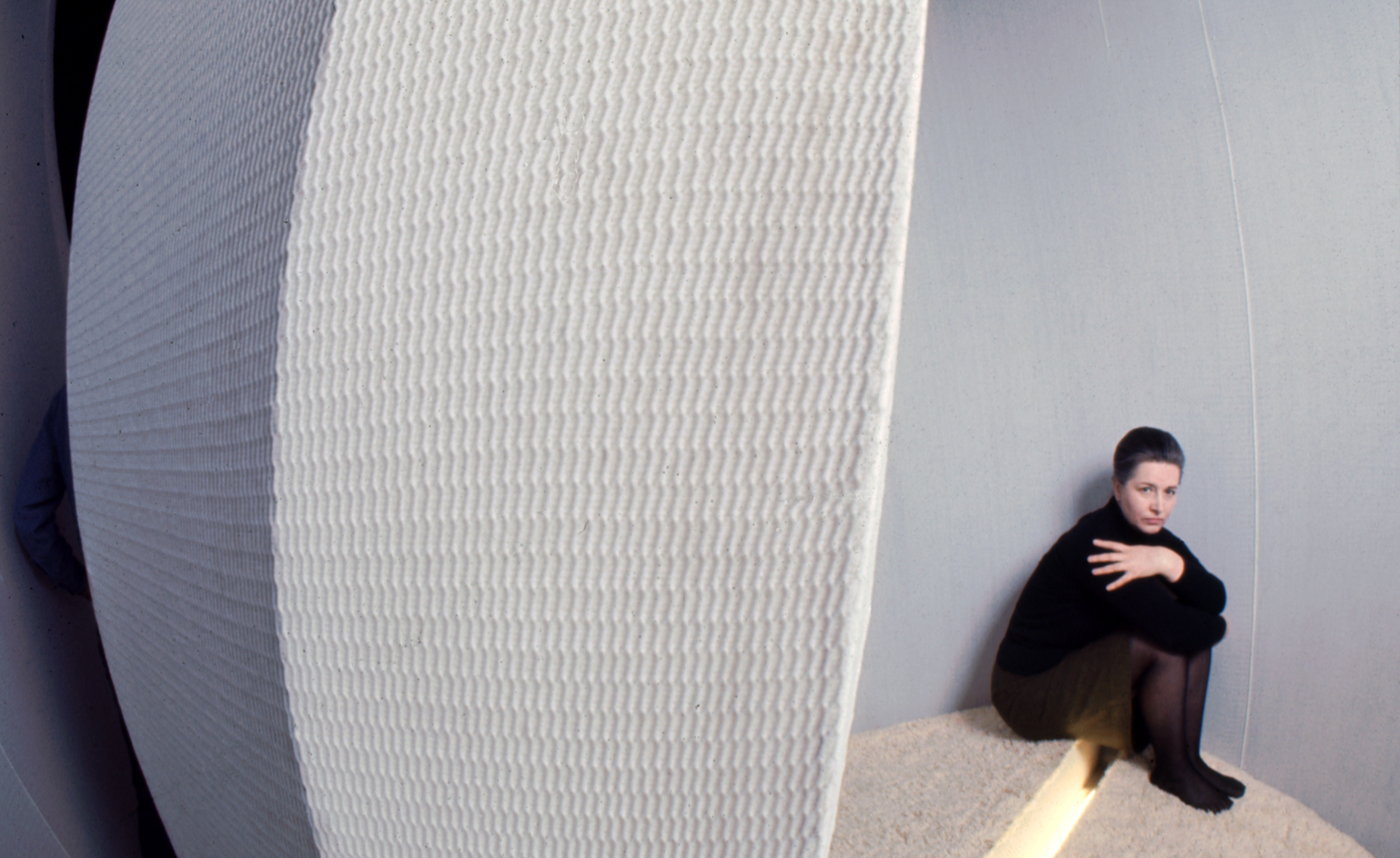 Architecture, sculpture and materials: female Lithuanian artists are celebrated in Nîmes
Architecture, sculpture and materials: female Lithuanian artists are celebrated in NîmesThe Carré d'Art in Nîmes, France, spotlights the work of Aleksandra Kasuba and Marija Olšauskaitė, as part of a nationwide celebration of Lithuanian culture
By Will Jennings
-
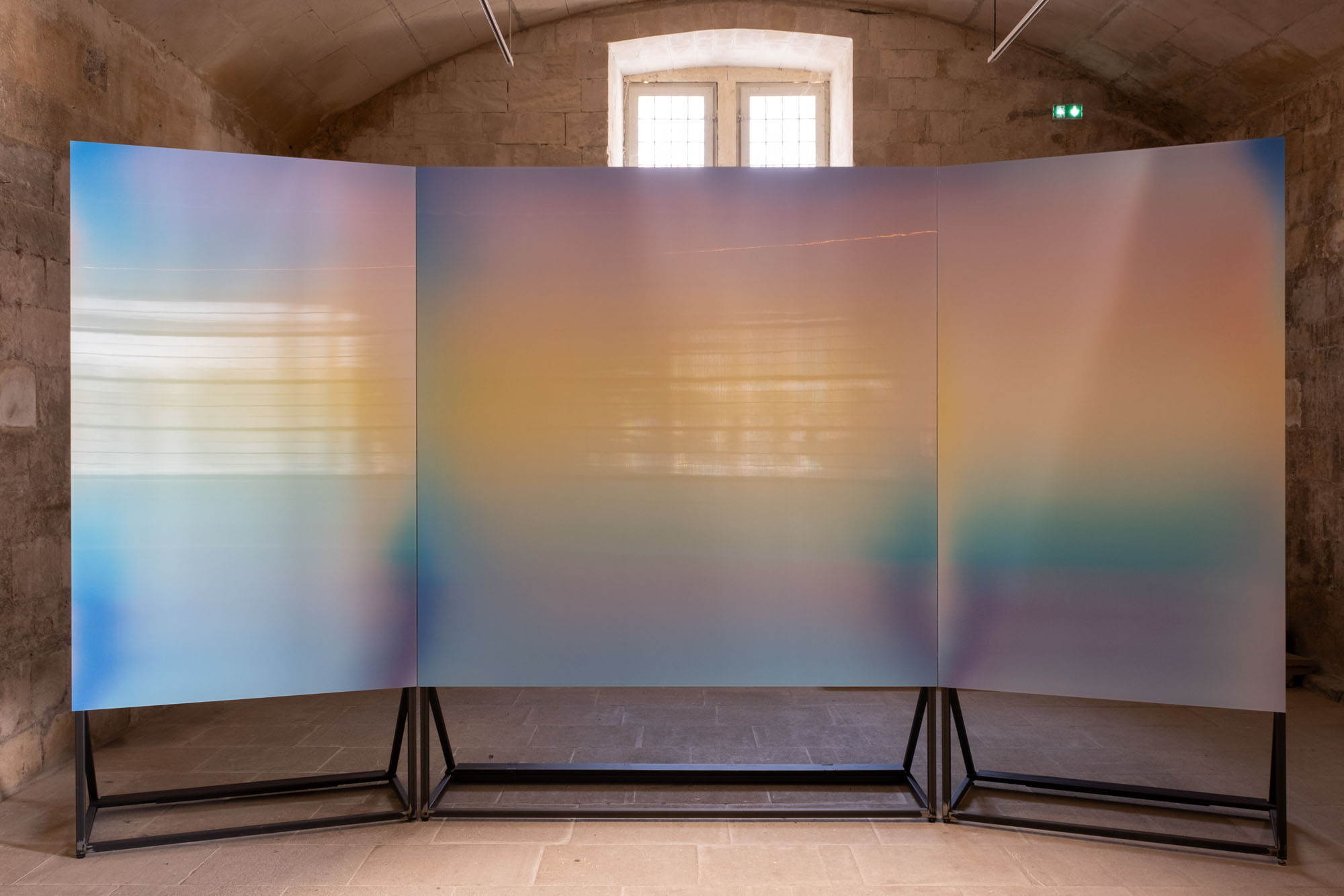 ‘Who has not dreamed of seeing what the eye cannot grasp?’: Rencontres d’Arles comes to the south of France
‘Who has not dreamed of seeing what the eye cannot grasp?’: Rencontres d’Arles comes to the south of FranceLes Rencontres d’Arles 2024 presents over 40 exhibitions and nearly 200 artists, and includes the latest iteration of the BMW Art Makers programme
By Sophie Gladstone
-
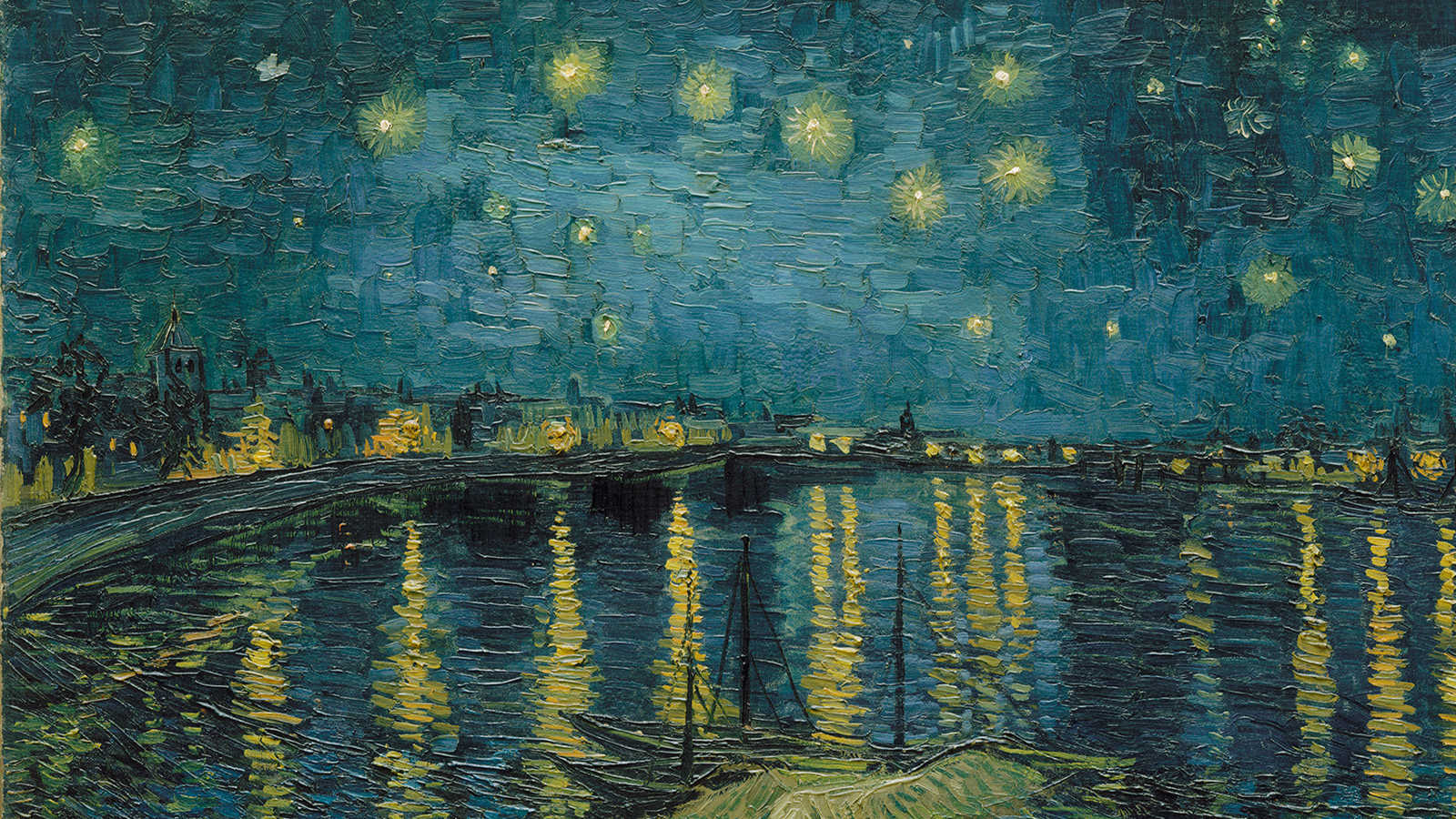 Van Gogh Foundation celebrates ten years with a shape-shifting drone display and The Starry Night
Van Gogh Foundation celebrates ten years with a shape-shifting drone display and The Starry NightThe Van Gogh Foundation presents ‘Van Gogh and the Stars’, anchored by La Nuit Etoilée, which explores representations of the night sky, and the 19th-century fascination with the cosmos
By Amy Serafin
-
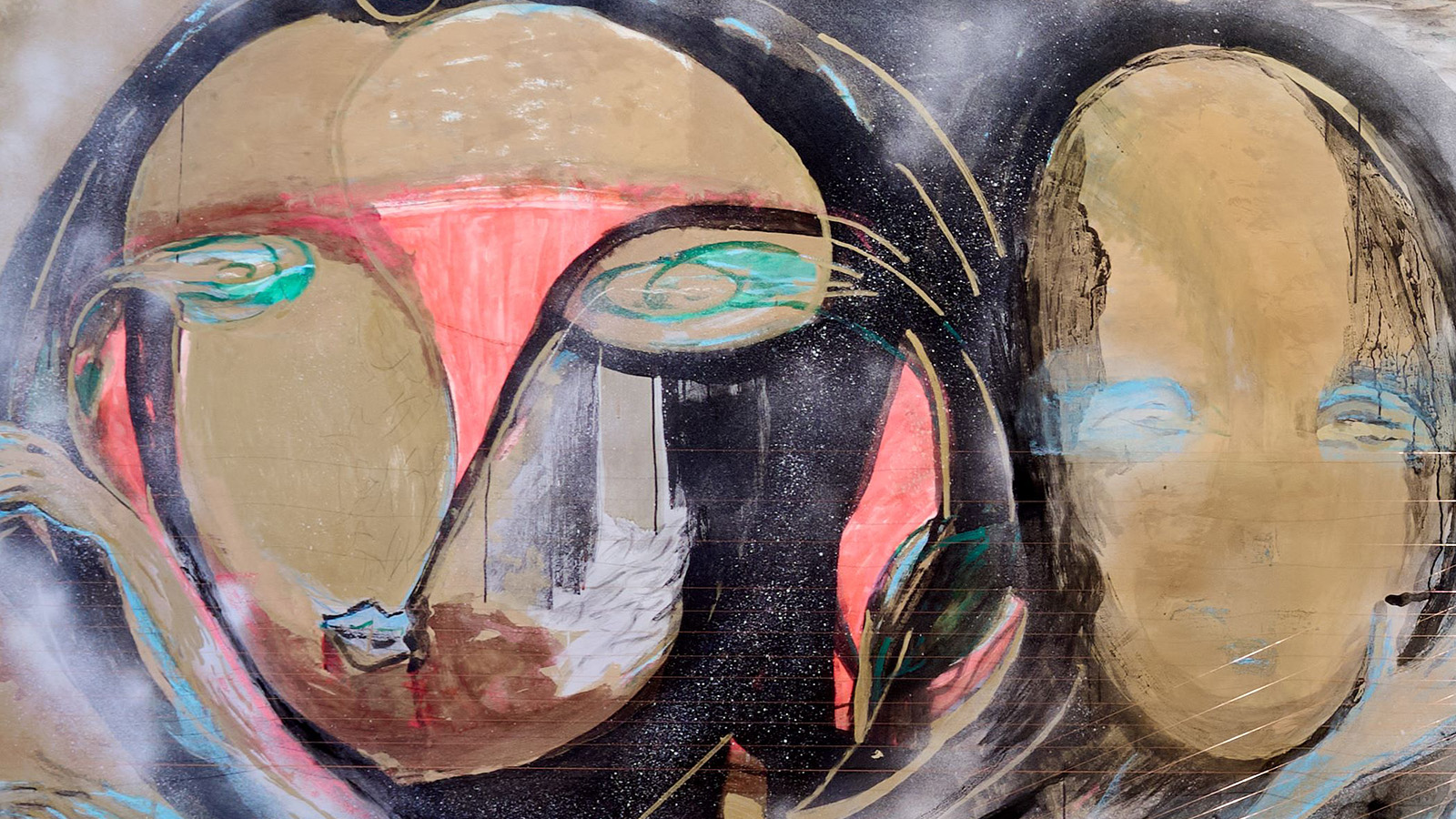 Marisa Merz’s unseen works at LaM, Lille, have a uniquely feminine spirit
Marisa Merz’s unseen works at LaM, Lille, have a uniquely feminine spiritMarisa Merz’s retrospective at LaM, Lille, is a rare showcase of her work, pursuing life’s most fragile, transient details
By Finn Blythe
-
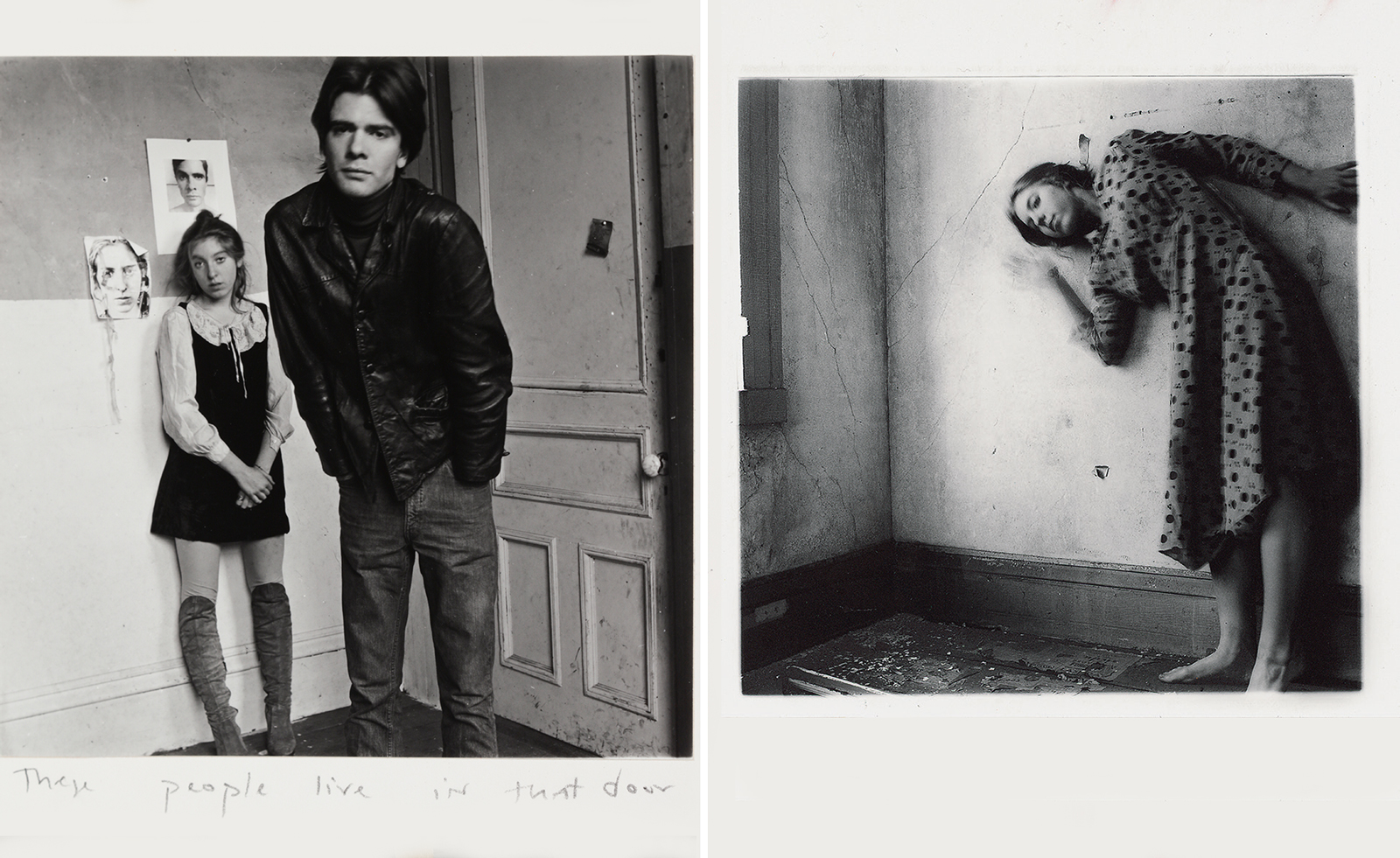 Step into Francesca Woodman and Julia Margaret Cameron's dreamy photographs in London
Step into Francesca Woodman and Julia Margaret Cameron's dreamy photographs in London'Portraits to Dream In' is currently on show at London's National Portrait Gallery
By Katie Tobin
-
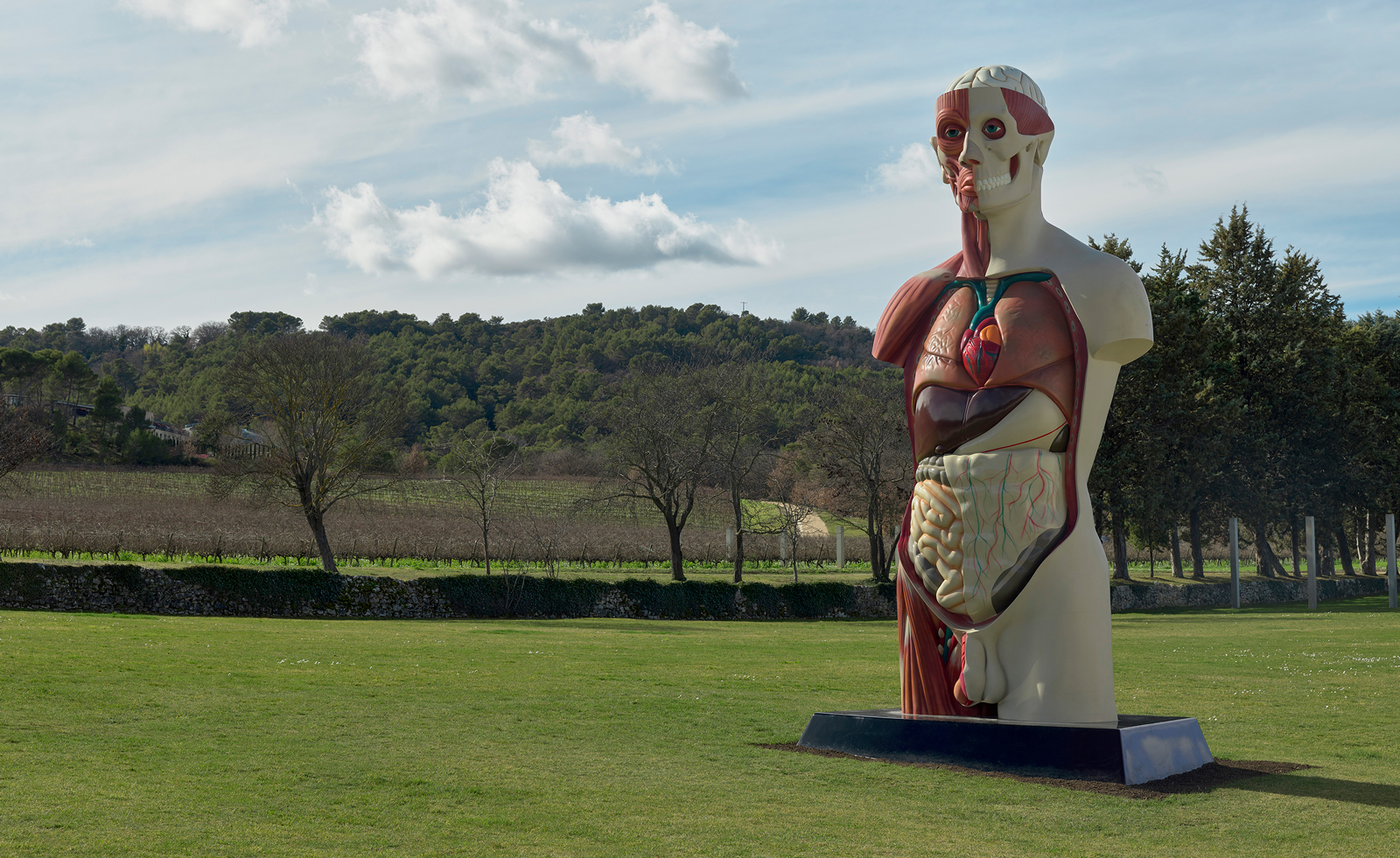 Damien Hirst takes over Château La Coste
Damien Hirst takes over Château La CosteDamien Hirst’s ‘The Light That Shines’ at Château La Coste includes new and existing work, and takes over the entire 500-acre estate in Provence
By Hannah Silver
-
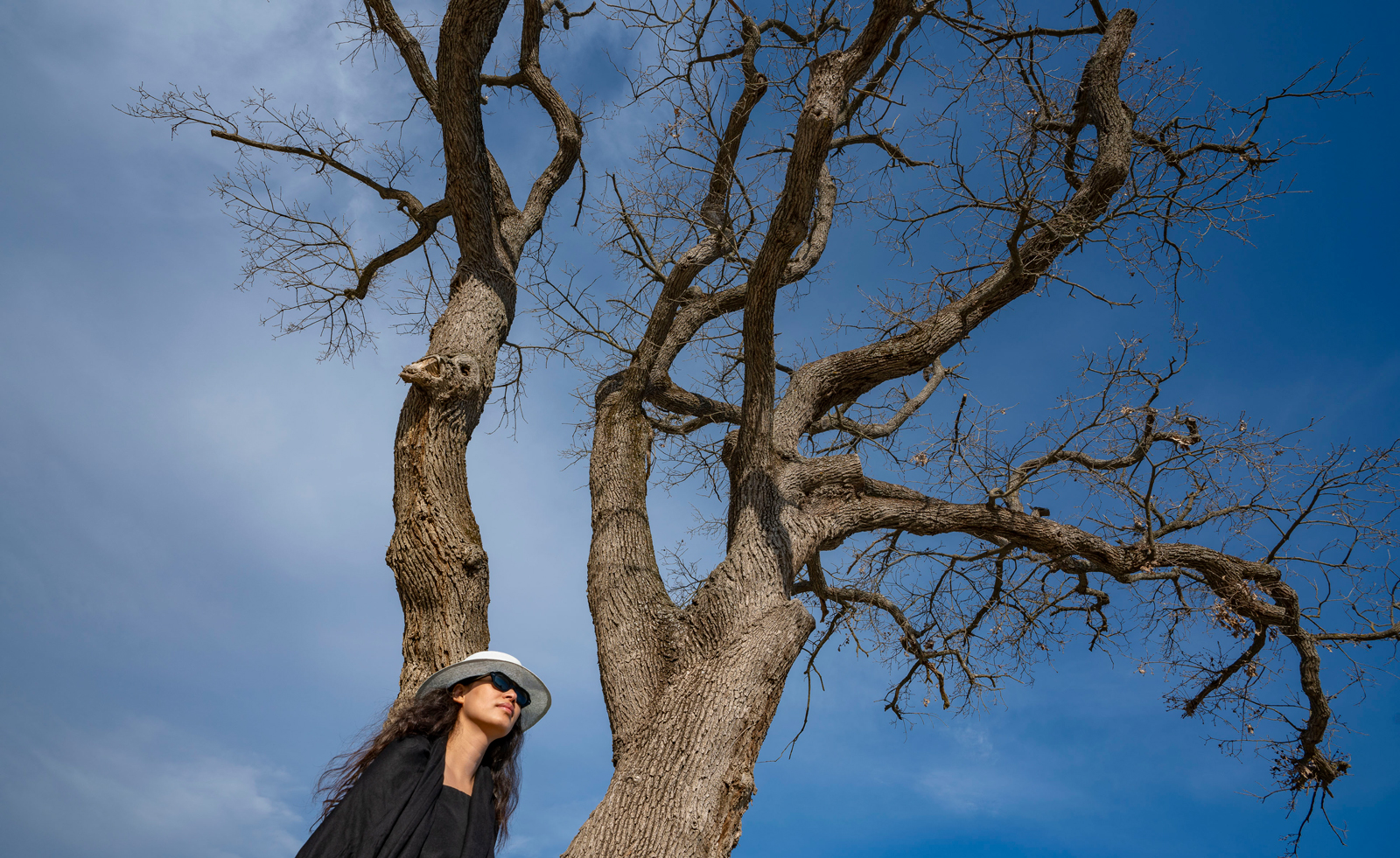 Tia-Thuy Nguyen encases Chateau La Coste oak tree in tonne of stainless steel strips
Tia-Thuy Nguyen encases Chateau La Coste oak tree in tonne of stainless steel stripsTia-Thuy Nguyen’s ‘Flower of Life’ lives in the grounds of sculpture park and organic winery Château La Coste in France
By Harriet Quick